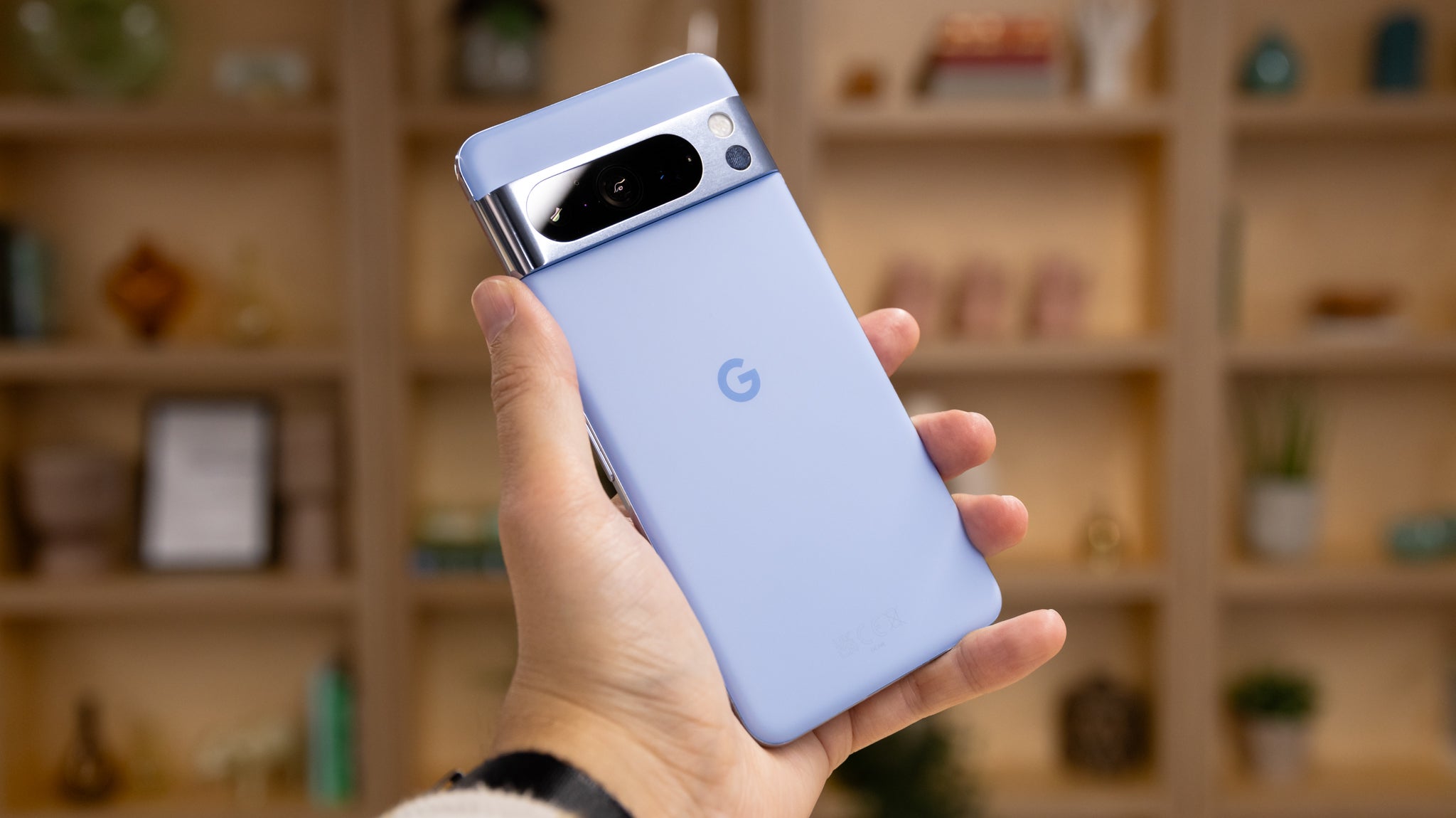
Factors to Consider When Choosing an Android Phone
Design and Build Quality
The design of a phone impacts both aesthetics and comfort. Seek devices made from durable materials with ergonomic designs that fit well in your hand or pocket.
Performance
Performance matters, especially for gaming, multitasking, or running resource-intensive apps. Look for powerful processors like the Snapdragon 8 Gen 3 chipset.
Camera
A high-quality camera is crucial for capturing stunning photos and videos. This feature is essential for both casual users and professionals.
Battery Life
A long-lasting battery is vital for extensive daily use. Opt for devices with large batteries and efficient power management systems.
Software Updates
Regular software updates maintain security and provide access to the latest features. Devices like the Google Pixel series receive consistent updates.
Value
Consider the overall cost-effectiveness of a device. Evaluate both the initial purchase price and any additional costs like accessories or data plans.
Top Picks for Best Android Phones
Google Pixel 8
The Google Pixel 8 stands out for its top-tier performance, battery life, and camera capabilities. It features a 6.2-inch OLED screen and a durable aluminum frame. The camera system captures stunning images and videos under various lighting conditions. Running on Android 14, it offers a refined software experience with guaranteed updates through fall 2030.
Samsung Galaxy S24 Ultra
The Samsung Galaxy S24 Ultra offers a comprehensive package, including a top-tier display, powerful processor, and S Pen stylus. It features a 200MP camera system and the most durable display on any Galaxy phone. Exceptional performance and battery life make it a long-term investment with seven years of security and OS updates.
OnePlus Open
For those interested in foldable phones, the OnePlus Open is an excellent option. It offers a big screen and nails smartphone essentials while being $100 cheaper than competitors. This makes it a great choice for those wanting a unique form factor without breaking the bank.
Google Pixel 9 Pro
The Google Pixel 9 Pro offers a clean, minimal software experience with several Google-exclusive perks like Add Me and Video Boost. Its impressive camera system rivals many flagship devices, making it ideal for photography enthusiasts.
OnePlus 12
The OnePlus 12 is a high-performance device that charges completely in less than 30 minutes. It offers premium features at a lower price point of $899, making it an excellent value for those seeking high-end specifications without the hefty price tag.
Google Pixel 8a
The Google Pixel 8a is arguably the best sub-$500 phone on the market. It delivers flagship-level performance, great cameras, and useful AI features. A beautiful, bright OLED display with a high refresh rate makes it a great choice for budget-conscious buyers.
Asus ROG Phone 8 Pro
For gamers, the Asus ROG Phone 8 Pro offers a high-performance package with features necessary for an enjoyable gaming experience. It includes side triggers and a cooling fan add-on, making it one of the best gaming phones available.
Budget Options
Motorola Moto G54 5G
The Motorola Moto G54 5G offers excellent value. It improves on its predecessor with better display, performance, and camera suite. Featuring a 1080p display and MediaTek Dimensity 7020 processor, it’s an excellent choice for budget-friendly buyers without compromising on quality.
Buying Advice
Budget Phones (Under $200)
These phones offer basic functionality for using apps, taking pictures, and staying connected. While they make significant compromises, they can still be useful for casual users.
Mid-Range Phones (Under $450)
In this range, find more compelling handsets with better processors, higher-grade materials, and more camera lenses. The Pixel 8a and OnePlus 12R are excellent options here.
Flagship Phones (Over $700)
These phones offer flagship-caliber performance along with cutting-edge computational photography and special features. The Samsung Galaxy S24 Ultra and Google Pixel 9 Pro are top picks in this category.
Foldable Phones
For those interested in foldable designs, consider the OnePlus Open or Samsung Galaxy Z Fold 5. These devices offer unique form factors but come with higher price tags.
Choosing the best Android phone involves considering several factors, including design, performance, camera quality, battery life, and software updates. The top picks in 2024 include the Google Pixel 8 for its exceptional camera system and software experience, the Samsung Galaxy S24 Ultra for its comprehensive package of features, and the OnePlus Open for its innovative foldable design.
Whether you're a budget-conscious buyer or a tech enthusiast looking for the latest advancements, there is an Android phone that fits your needs. By understanding your requirements and evaluating the top contenders based on these criteria, you can make an informed decision that ensures you get the best value for your money.
In summary, the best Android phones for sale in 2024 offer a diverse range of options to cater to different budgets and preferences. From budget-friendly choices like the Motorola Moto G54 5G to high-end flagships like the Samsung Galaxy S24 Ultra, there is an Android phone that can meet your needs and exceed your expectations.
